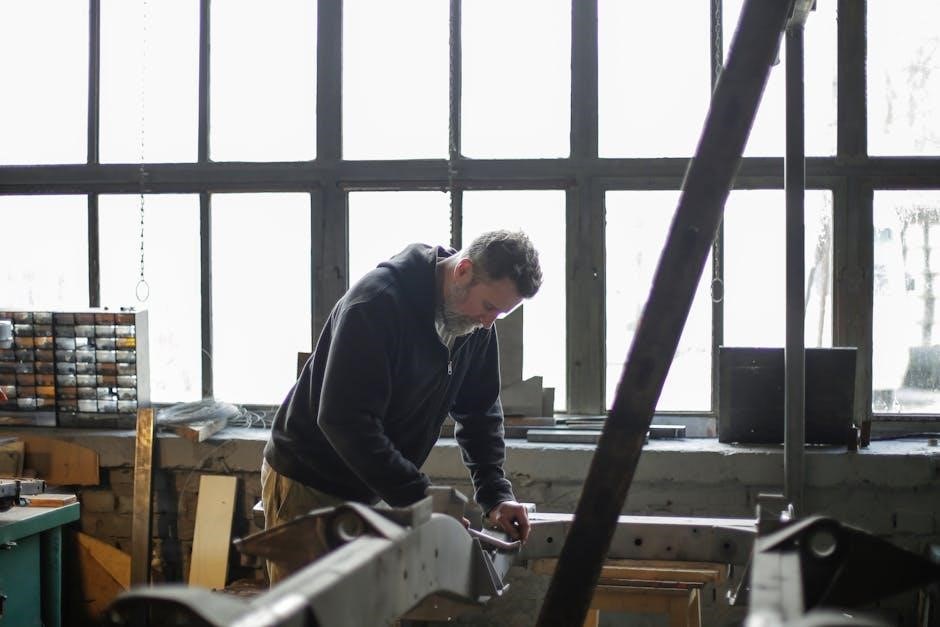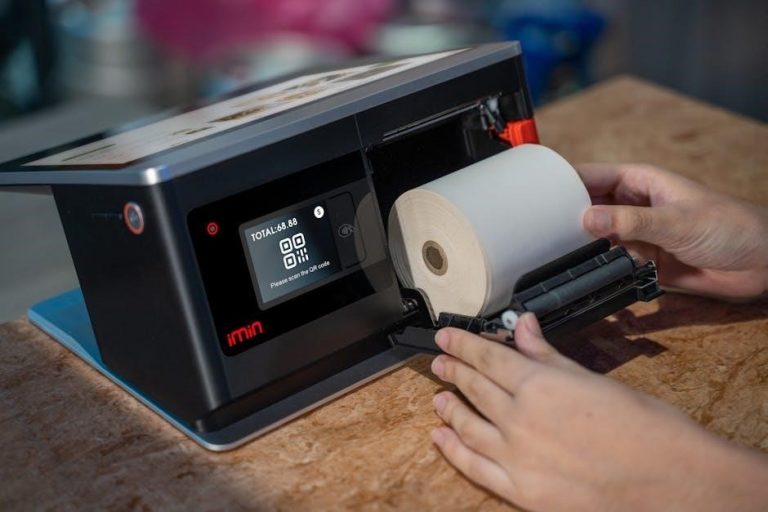The V8 Pinto engine swap transforms the compact car into a performance powerhouse by replacing its inline-four with a robust V8, requiring custom mounts, transmission modifications, and cooling upgrades.
Overview of the V8 Pinto Engine Swap Popularity
The V8 Pinto engine swap has gained significant popularity among enthusiasts due to its potential to transform the compact car into a high-performance vehicle. Many Ford enthusiasts and builders have embraced this swap, swapping the stock inline-four for a powerful V8. The 302 ci V8 from a 1995 Ford F-150 is a common choice, offering a substantial boost in power and torque. This swap has become a favorite among those seeking a thrilling driving experience. The availability of resources like Randy Young’s manual has further fueled its popularity, making it a sought-after project for car enthusiasts and builders alike.
Benefits of Swapping to a V8 Engine
Swapping to a V8 engine in a Pinto offers significant benefits, including a substantial increase in power and torque, transforming the car into a high-performance vehicle. The added horsepower enhances acceleration and overall driving excitement, making it ideal for enthusiasts seeking a thrilling experience. Additionally, a V8 swap can boost the car’s value and attract attention in the automotive community. The availability of resources, such as Randy Young’s manual, provides detailed guidance, making the process more accessible. This upgrade not only improves performance but also allows for customization, turning the Pinto into a unique and powerful ride.
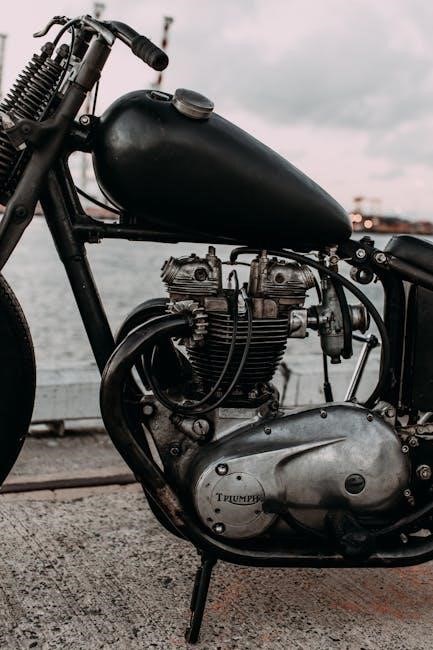
Preparation for the Engine Swap
Proper planning and research are crucial for a successful V8 Pinto engine swap, ensuring compatibility and identifying necessary modifications to motor mounts, transmission, and cooling systems.
Feasibility and Research
Assessing the feasibility of a V8 Pinto engine swap involves evaluating engine compartment space, weight distribution, and compatibility with existing systems. Research is critical to identify necessary modifications, such as custom motor mounts, transmission tweaks, and cooling upgrades. Consulting forums, manuals, and experts ensures a smooth process. The Complete V8 Pinto Engine Swap Manual by Randy Young provides invaluable guidance, covering compatibility and required alterations. Proper planning prevents costly mistakes and ensures the swap’s success, transforming the Pinto into a powerful performer while maintaining reliability and safety.
Tools and Workspace Requirements
A successful V8 Pinto engine swap demands a well-equipped workspace and specialized tools. Essential tools include wrenches, sockets, engine hoists, and welding equipment for custom modifications. A sturdy workbench and adequate lighting are crucial for disassembly and assembly tasks. Dedicated space for organizing parts ensures efficiency. Additionally, diagnostic tools like multimeters and compression testers aid in troubleshooting. Proper ventilation and safety gear, such as gloves and goggles, are vital for protecting yourself during the process. A clean, organized workspace minimizes errors and streamlines the swap, ensuring a professional-grade result.
Acquiring the Necessary Parts and Manuals
Successfully completing a V8 Pinto engine swap requires gathering the right parts and detailed documentation. A comprehensive manual, such as Randy Young’s Complete V8 Pinto Engine Swap Manual, is indispensable, offering step-by-step guidance and troubleshooting tips. Essential components include custom engine mounts, a compatible transmission, and upgraded cooling systems. Sourcing parts from salvage yards, online marketplaces, or specialty retailers is recommended. Ensure all components are compatible with your Pinto’s specific year and model to avoid costly mismatches. Proper planning and acquiring quality parts are critical for a seamless and successful swap.
Engine and Transmission Compatibility
Ensuring engine and transmission compatibility is crucial. Popular choices include 302 or 351W V8s, requiring custom mounts and transmission swaps for optimal performance in Pinto swaps.
Choosing the Right V8 Engine for the Swap
Selecting the appropriate V8 engine for your Pinto swap is critical. Popular options like the 302 or 351W are favored for their compatibility and availability. The 302 offers a compact size and manageable weight, fitting well in the Pinto’s engine bay, while the 351W provides more power for performance enthusiasts. Both engines have extensive aftermarket support, making parts and modifications accessible. Consider factors like weight distribution, power goals, and engine compartment space when deciding. Early Pintos have shorter compartments, so engine size must be carefully matched. A well-chosen V8 ensures a balanced and powerful setup, enhancing the car’s overall performance and driving experience.
Transmission Compatibility and Modifications
Transmission compatibility is a critical aspect of the V8 Pinto engine swap. A C4 automatic or a 4-speed manual transmission is often recommended for small-block V8 engines like the 302, while a 351W may require a more robust unit like the FMX or a heavy-duty 4-speed. Early Pinto models have shorter engine compartments, which can limit header clearance. Custom engine mounts and transmission adapters are essential for proper installation. Ensuring the transmission is correctly mated to the V8 engine and the Pinto’s drivetrain is vital for smooth operation and performance. Proper alignment and modification of the crossmember may also be necessary for a seamless fit.
Motor Mounts and Adapters for V8 Installation
Custom motor mounts are essential for installing a V8 engine in a Pinto, as the stock mounts are designed for the smaller inline-four engine. Fabricating or sourcing adapters that align the V8 correctly with the Pinto’s frame is crucial for proper weight distribution and drivetrain alignment. Many enthusiasts use motor mounts from Ford Mustangs or other compatible models as a starting point. Ensuring the engine sits level and securely is vital to avoid vibration and stress on the chassis. This step requires careful measurement and planning to maintain the integrity of the swap and prevent future complications.
Drivetrain and Axle Considerations
A V8 engine swap in a Pinto requires significant drivetrain upgrades to handle the increased power and torque. The stock axles and driveshaft may not withstand the stress, so reinforced components are necessary. Upgrading to heavier-duty axles, such as those from a Ford Mustang or Ranger, is highly recommended. Additionally, the rear axle must be sturdy enough to accommodate the V8’s power output. Ensuring proper alignment and compatibility between the engine, transmission, and drivetrain is critical for optimal performance and reliability. A limited-slip differential can also enhance traction and stability during acceleration.

Electrical System Modifications
A V8 engine swap requires a custom wiring harness to integrate with the Pinto’s electrical system, ensuring proper communication and power delivery to the new engine.
Upgrading the Wiring Harness
Upgrading the wiring harness is essential for integrating the V8 engine with the Pinto’s electrical system. The stock harness may not support the V8’s higher power demands, requiring a custom setup. Key components include engine sensors, ignition systems, and fuel injection controls. A new harness ensures proper communication between the engine and the car’s electronics. Many enthusiasts recommend using a donor vehicle’s wiring, such as a Mustang, to simplify the process. Additionally, a wiring diagram or manual, like Randy Young’s guide, can provide detailed instructions for a successful swap. Proper wiring is critical for reliability and performance.
Integrating the V8 Engine with the Pinto’s Electrical System
Integrating the V8 engine with the Pinto’s electrical system demands careful attention to compatibility and functionality. The stock wiring may not support the V8’s advanced components, such as fuel injection or electronic spark control. A custom wiring harness or donor system, like one from a Mustang, can resolve these issues. The engine control unit (ECU) must communicate seamlessly with the Pinto’s gauges and electronics. Proper grounding and circuit modifications are crucial to prevent electrical failures. Randy Young’s manual offers detailed guidance for this complex process, ensuring a reliable and efficient electrical connection between the V8 and the Pinto’s systems.
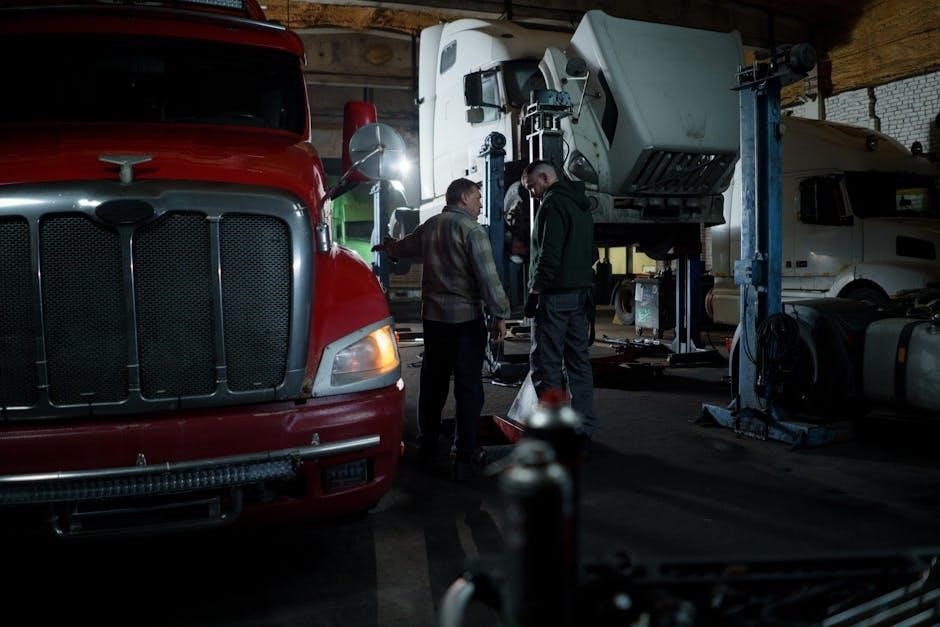
Cooling System Upgrades
Upgrading the cooling system is essential for a V8 Pinto swap; the stock setup may not handle the increased heat, necessitating a larger radiator and high-performance fans for reliable engine operation.
Why the Stock Cooling System May Be Inadequate
The stock Pinto cooling system is designed for its original inline-four engine, which produces far less power and heat than a V8. A V8 engine generates significantly more horsepower and torque, leading to increased heat output. The original radiator and cooling components may struggle to dissipate this additional heat, risking overheating and potential engine damage. Additionally, the compact engine compartment of early Pintos leaves limited space for upgraded cooling systems, making modifications essential to ensure reliable operation of the more powerful V8 engine.
Recommendations for Radiators and Fans
For a successful V8 Pinto engine swap, upgrading to a larger, heavy-duty radiator is crucial to handle the increased heat output. A high-capacity radiator with improved cooling efficiency is recommended to prevent overheating. Additionally, installing high-CFM electric fans or a dual-fan setup can enhance airflow and cooling performance. Consider sourcing radiators and fans from donor vehicles like the Ford Mustang or F-150, as they are often compatible and designed for V8 engines. Properly integrating these components ensures reliable cooling and optimal performance for the modified Pinto.
Fuel System Modifications
Upgrading the fuel system is essential for the V8 Pinto swap. Install a high-capacity fuel tank, reinforced fuel lines, and a high-pressure fuel pump to support the V8’s increased demands.
Upgrading the Fuel Tank and Lines
Upgrading the fuel tank and lines is critical for the V8 Pinto swap. The stock fuel system may not support the V8’s higher fuel demands. Install a high-capacity fuel tank or consider a fuel cell for improved reliability. Upgrade to high-pressure fuel lines and fittings to handle the increased flow rate. Ensure all components are compatible with the V8’s fuel requirements, as the original system may not suffice. Properly routing and securing the fuel lines is essential to avoid leaks and ensure safe operation. This modification ensures consistent fuel delivery, preventing starvation during aggressive driving conditions.
Fuel Pump and Injector Requirements
A high-pressure fuel pump is essential for the V8 Pinto swap, as the stock pump may not meet the engine’s demands. Upgrade to a pump with increased flow capacity to ensure consistent fuel delivery. Fuel injectors must also be replaced with high-flow units compatible with the V8’s fuel requirements; Additionally, the fuel pressure regulator may need adjustment to match the V8’s specifications. Proper installation and wiring modifications are necessary to handle the increased load. Ensure all components are compatible and functioning correctly to avoid fuel starvation and maintain optimal performance.

Exhaust System Modifications
Custom exhaust headers and manifolds are required to fit the V8 engine in the Pinto’s compact engine bay. Ensure proper fitment and compatibility with the chassis.
Exhaust system routing must be carefully planned to avoid interference with suspension and steering components, ensuring a clear path for gases to exit efficiently.
Custom Exhaust Headers and Manifolds
Custom exhaust headers and manifolds are essential for the V8 Pinto swap due to the compact engine bay. Shorty headers are often recommended to ensure proper fitment and clearance. These headers must be specifically designed or modified to accommodate the V8 engine’s larger size and configuration. Many enthusiasts opt for stainless steel or ceramic-coated headers for durability and heat reduction. Proper welding and fabrication skills are required to ensure a leak-free and efficient exhaust system. Some builders also explore universal header kits, which can be adapted to fit the Pinto’s unique engine compartment. A well-designed exhaust system is crucial for maximizing the V8’s performance potential while maintaining reliability.
Exhaust System Compatibility and Routing
Routing the exhaust system for a V8 Pinto swap requires careful planning due to the compact engine bay and unique chassis layout. The exhaust must be routed around the steering components, suspension, and drivetrain, which can be challenging with a larger V8 engine; High-quality, mandrel-bent exhaust tubing is recommended for optimal flow and durability. Many builders opt for a custom dual-exhaust system to maximize performance. Ensure all connections are secure and properly insulated to avoid heat damage to nearby components. Proper routing is essential for maintaining ground clearance and avoiding interference with suspension travel. Consulting a detailed swap manual or experienced builders can help navigate common challenges and ensure a reliable setup.
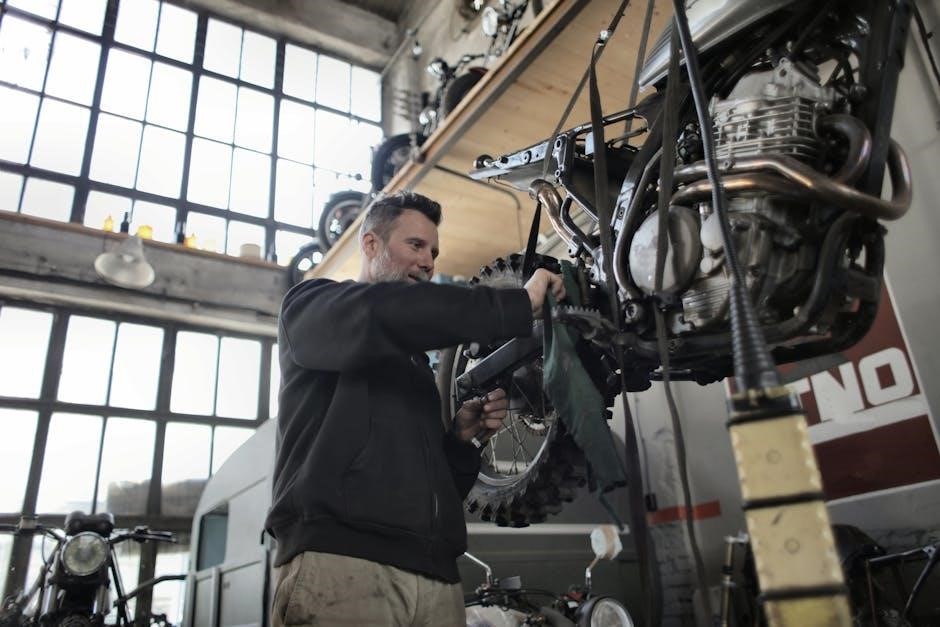
Suspension and Braking Upgrades
Upgrading the suspension ensures better weight distribution and stability, while enhancing the braking system improves stopping power, both crucial for handling the added V8 power.
Suspension Modifications for Weight Distribution
The V8 engine swap significantly increases the Pinto’s front weight, requiring suspension upgrades to maintain balance and stability. Stiffer springs and heavier-duty shocks are essential to handle the added weight, ensuring proper ride height and preventing sagging. Additionally, reinforced control arms and sway bars can improve handling and reduce body roll. Upgrading to performance-oriented coilovers allows for better adjustability and stability. These modifications ensure the Pinto’s suspension system can support the V8’s weight while maintaining optimal weight distribution for improved traction and control. Proper suspension tuning is critical to preserve the car’s original handling characteristics despite the power increase.
Upgrading Brakes for Increased Performance
Upgrading the braking system is crucial when performing a V8 Pinto engine swap due to the significant increase in power and weight. The stock brakes may struggle to provide adequate stopping power, so installing larger brake rotors and high-performance brake pads is recommended. Disc brakes are preferred over drum brakes for better heat dissipation and consistent stopping power. Additionally, upgrading to braided stainless steel brake lines ensures firmer pedal feel and reduced brake fade. A high-capacity master cylinder may also be necessary to handle the increased demand. These upgrades ensure safer and more controlled braking, matching the enhanced performance of the V8 engine.
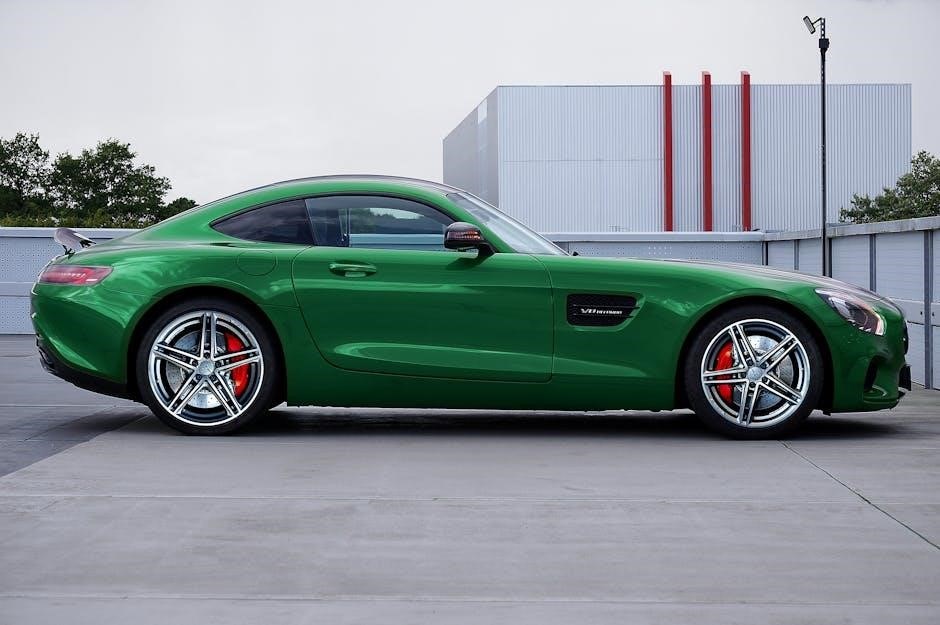
Interior and Dashboard Modifications
Modifying the interior and dashboard is essential for compatibility with the V8 engine, including installing a V8-compatible dashboard, gauges, and seats to enhance performance and driver comfort.
Installing a V8- Compatible Dashboard and Gauges
Installing a V8-compatible dashboard and gauges is crucial for monitoring the engine’s performance. The Pinto’s original dashboard is designed for an inline-four, so a donor dashboard from a compatible V8-equipped vehicle, such as an ’83-85 Fox Mustang, may be required. Custom modifications or adapters might be needed to fit the new dashboard seamlessly into the Pinto’s interior. Additionally, upgrading the wiring harness ensures proper communication between the V8 engine and the dashboard gauges. This step enhances both functionality and the driving experience, providing accurate readings for oil pressure, temperature, and RPMs. Proper installation ensures reliability and maintains the car’s classic aesthetic while integrating modern performance capabilities.
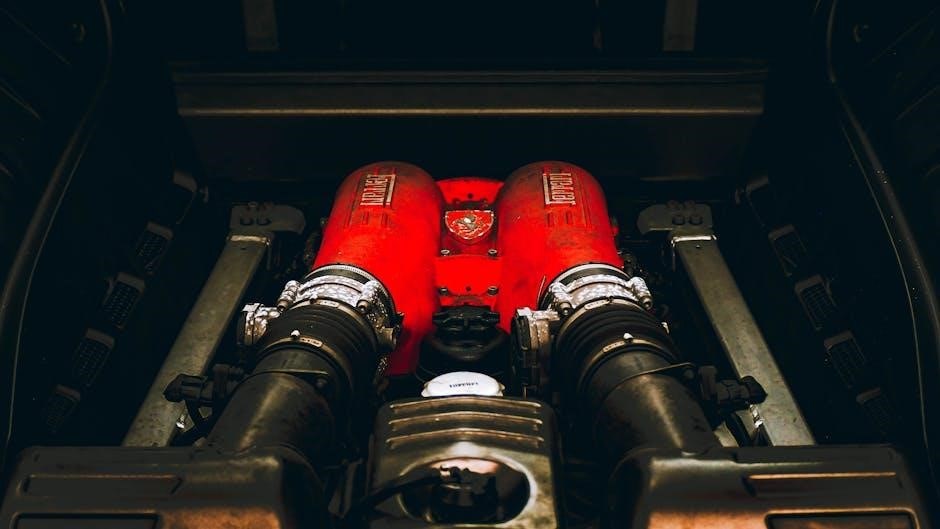
Troubleshooting Common Issues
Common issues in a V8 Pinto swap include cooling system inadequacy, wiring harness incompatibility, and transmission mismatch. These require careful planning and precise modifications for reliability.
Common Problems Encountered During the Swap
Engine swaps often present unique challenges, particularly with the V8 Pinto swap. Common issues include inadequate cooling systems, as the stock setup may struggle to handle the V8’s heat output. Wiring harness incompatibility is another prevalent problem, requiring custom integration between the V8 and the Pinto’s electrical system. Transmission mismatch and insufficient engine mounts can lead to mechanical failures under stress; Additionally, the increased weight and power of the V8 may overload the original axle, causing premature wear or damage. Addressing these challenges early ensures a smoother and more successful swap process.
Troubleshooting Tips and Solutions
When encountering issues during the V8 Pinto swap, start by addressing cooling system inefficiencies with upgraded radiators and high-performance fans. Wiring harness problems can often be resolved by installing a custom adapter or rewiring the system to match the V8’s requirements. Transmission misalignment or improper engine mounting should be corrected using precision measurements and heavy-duty mounts. For persistent problems, consult the Complete V8 Pinto Engine Swap Manual or seek guidance from online forums and experienced builders. Regularly inspect all connections and components to ensure reliability and performance. Patience and meticulous attention to detail are key to overcoming these challenges.

Resources and Community Support
The Complete V8 Pinto Engine Swap Manual by Randy Young offers detailed guidance and is available on Ebay. Online forums like Ford Muscle Forums provide valuable insights and support from experienced builders, helping enthusiasts overcome challenges and share knowledge effectively.
Recommended Manuals and Guides
The Complete V8 Pinto Engine Swap Manual by Randy Young is a highly recommended resource, offering detailed step-by-step instructions and valuable insights for the swap. Available on Ebay for $8, this manual covers essential aspects such as engine mounts, transmission compatibility, and cooling system upgrades. Additionally, online forums like Ford Muscle Forums provide a wealth of information and community support, sharing experiences and tips from experienced builders. These resources are indispensable for overcoming challenges and ensuring a successful swap. They offer practical advice and troubleshooting tips, making them a must-have for anyone attempting a V8 Pinto engine swap.
Online Forums and Communities for Support
Online forums and communities are invaluable for V8 Pinto engine swap support. Platforms like Ford Muscle Forums and Pinto Stampede offer extensive discussions, tips, and troubleshooting advice from experienced builders. These communities provide access to expert knowledge, real-world insights, and solutions to common challenges. Members often share detailed guides, photos, and step-by-step instructions, making them a vital resource for overcoming technical hurdles. Engaging with these forums ensures you stay connected with enthusiasts who understand the complexities of the swap and can offer personalized guidance throughout your project.
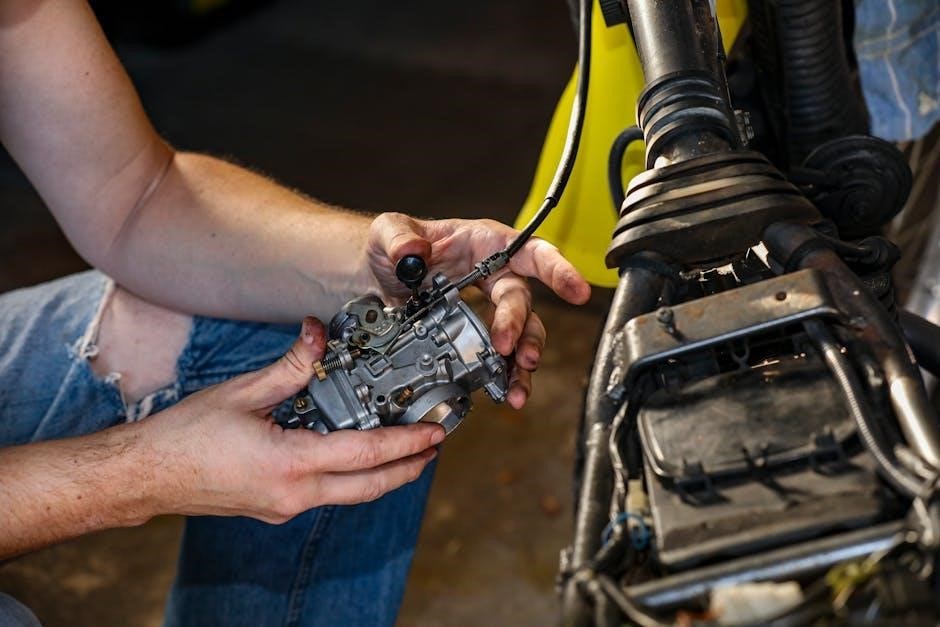
Legal and Safety Considerations
Ensure compliance with local regulations and safety standards during the V8 Pinto engine swap. Always follow proper safety precautions to avoid accidents and legal issues.
Ensuring Compliance with Local Regulations
Before proceeding with a V8 Pinto engine swap, ensure the modifications comply with local emissions, safety, and vehicle codes. Check if the swap requires emissions testing or certifications. Verify noise regulations to avoid legal issues. Obtain necessary inspections or approvals from authorities. Proper documentation, such as updated titles and registrations, is crucial. Non-compliance can result in fines or legal consequences. Always adhere to local laws to maintain roadworthiness and avoid penalties.
Safety Precautions During the Swap Process
Ensure a safe working environment by wearing protective gear, including gloves and safety glasses. Always disconnect the battery before starting work to prevent electrical shocks. Use proper jack stands and supports to secure the vehicle. Follow manual instructions carefully, and consult experts if unsure. Keep flammable materials away from the workspace. Double-check all connections and wiring before reactivating systems. Test brakes and steering before driving. Regularly inspect tools and equipment for damage. Prioritize caution when handling heavy components like engines and transmissions. Maintain a clean workspace to minimize tripping hazards. Safety should always be the top priority during the swap process.
